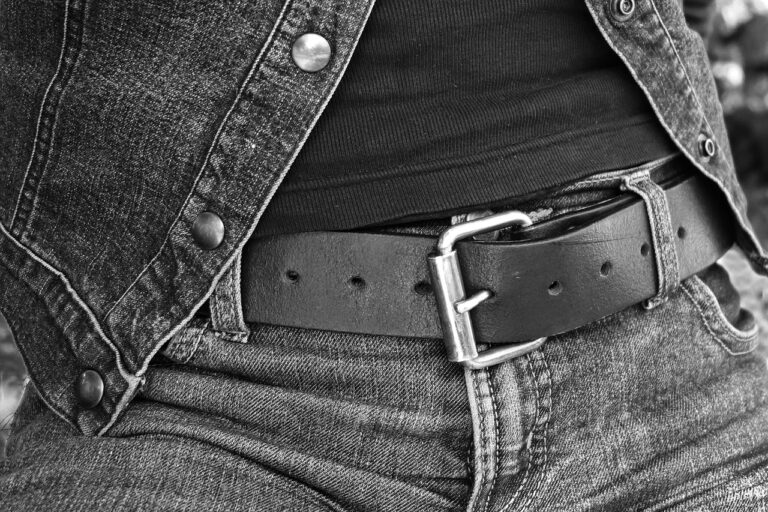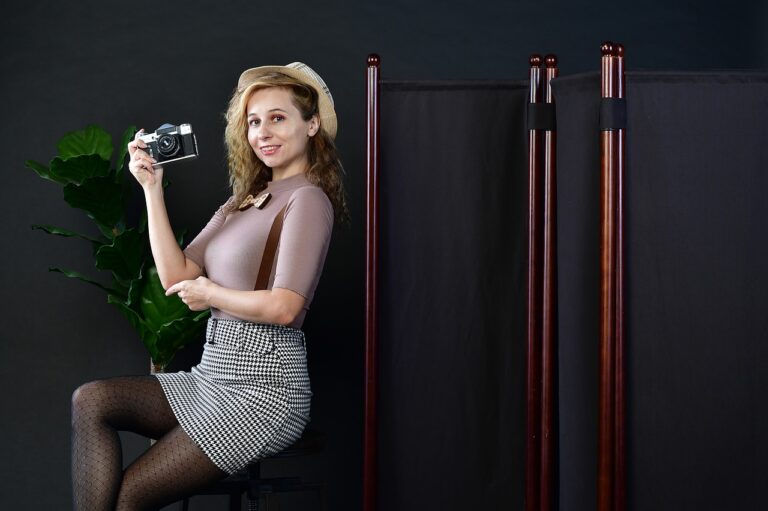Fashion and Architecture: Exploring Architectural Elements in Clothing Design
Exploring the intersection of architecture and fashion reveals a fascinating creative dialogue between these two disciplines. The architectural world offers a plethora of design elements that designers draw upon to infuse their clothing with innovation and structural integrity. From the lines of a skyscraper to the curves of a bridge, architecture provides a rich source of inspiration for creating garments that not only adorn the body but also showcase a harmonious blend of form and function.
The influence of architectural elements can be seen in the sharp angles of a tailored suit, the sculptural draping of a gown, or the geometric prints on a dress. Designers often play with symmetry, proportion, and texture in their collections, mirroring the essence of iconic architectural landmarks. By translating the bold shapes, materials, and details found in buildings into wearable art, fashion designers create garments that resonate with a sense of strength, sophistication, and modernity.
The Influence of Structural Elements on Fashion
When it comes to the world of fashion, the influence of structural elements borrowed from architecture is undeniable. The clean lines, geometric shapes, and bold silhouettes often seen in architectural designs have made their way into the realm of fashion, creating a visually captivating fusion of art forms. Designers have been inspired by the strength and complexity of architectural structures, incorporating these elements into their clothing designs to add a sense of modernity and sophistication.
The interplay between form and function in architecture has also played a significant role in shaping the way fashion is approached. Just as architects carefully consider the functionality of a building alongside its aesthetic appeal, fashion designers are increasingly infusing their clothing with elements that not only look stylish but also serve a practical purpose. This marriage of form and function results in garments that not only make a visual statement but also provide comfort and ease of wear for the modern individual.
Exploring Shapes and Silhouettes in Architectural Fashion
Architectural design has long served as a wellspring of inspiration for the fashion industry. The bold lines, structural shapes, and innovative silhouettes found in architecture have found their way onto the runways and into our closets. Designers often draw parallels between the construction of buildings and the construction of garments, creating a seamless fusion of two artistic worlds.
Exploring shapes and silhouettes in architectural fashion allows designers to push the boundaries of conventional clothing design. By incorporating elements such as geometric forms, asymmetrical lines, and dramatic proportions, fashion can become a form of wearable art. The interplay between light and shadow, volume and space, in architecture is translated into clothing that commands attention and evokes a sense of creativity and innovation.
How does architecture inspire clothing design?
Architecture often serves as a source of inspiration for fashion designers due to its use of structural elements, shapes, and materials, which can be translated into unique clothing designs.
Can you provide examples of how structural elements influence fashion?
Structural elements such as sharp angles, clean lines, and geometric shapes can be seen in clothing designs through the use of structured silhouettes, architectural draping, and innovative construction techniques.
How do designers explore shapes and silhouettes in architectural fashion?
Designers experiment with unconventional shapes, exaggerated proportions, and sculptural silhouettes to create garments that challenge traditional notions of clothing design and push the boundaries of fashion.
What are some key characteristics of architectural fashion?
Architectural fashion often features bold shapes, avant-garde silhouettes, innovative construction methods, and a focus on precision, symmetry, and balance, reflecting the influence of architecture on clothing design.
How can individuals incorporate architectural elements into their everyday wardrobe?
Individuals can incorporate architectural elements into their wardrobe by choosing garments with structured silhouettes, geometric patterns, asymmetrical designs, and architectural details such as sculptural draping or voluminous shapes.





